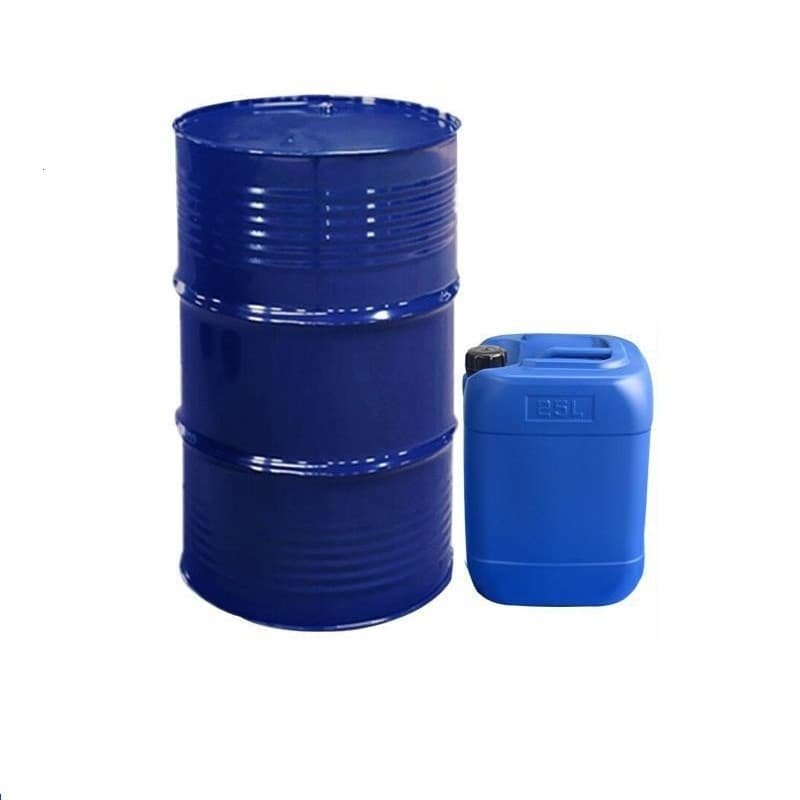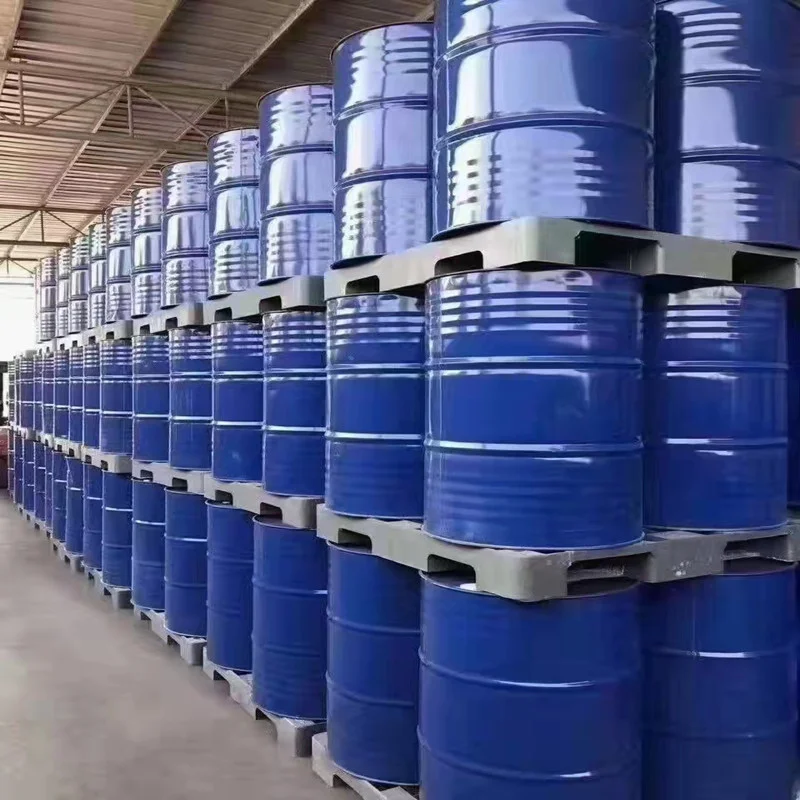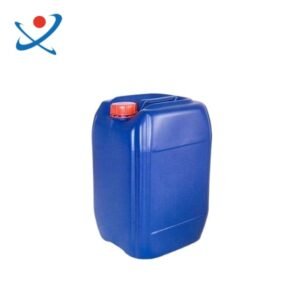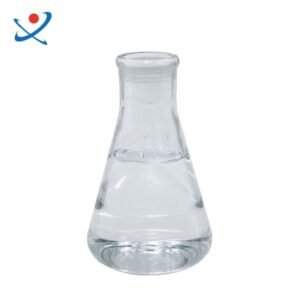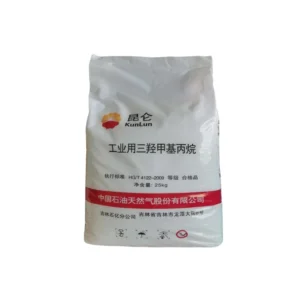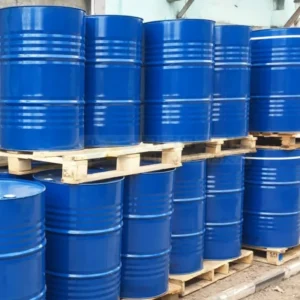Epichlorohydrin is an organic compound with the chemical formula C3H5ClO. It is a colorless liquid and has an odor similar to chloroform. It is an important raw material and intermediate for organic synthesis. It can be used for the production of epoxy resin and as a diluent for epoxy resin. It is also used in the manufacturing of glycerol, nitroglycerin explosives, fiberglass, glyceryl methacrylate, chlorohydrin rubber, glycidyl derivatives, surfactants, electrical products, etc. It is also a commonly used raw material for manufacturing various adhesives, pharmaceuticals, pesticides, plasticizers, and ion exchange resins. And as solvents for adhesives, coatings, paints, rubber, resins, cellulose esters, and cellulose ethers.
application area
Epoxychloropropane is a widely used basic organic chemical raw material, an intermediate in the synthesis of glycerol, and the main raw material for synthesizing products such as epoxy resin and chlorohydrin rubber. It can be used to manufacture fiberglass, adhesives, cation exchange resins, electrical products, as well as in industries such as solvents, plasticizers, stabilizers, surfactants, and pharmaceuticals. It can also be used to manufacture various synthetic resins with special functions.
Pharmaceutical synthesis
4-hydroxyindole and epichlorohydrin react in an ethanol solution of sodium hydroxide to form the intermediate 1- (1H indole-4-oxy) -3-chloro-2-propanol, which then reacts with isopropylamine to synthesize the target product indolol {1- (1H indole-4-oxy) -3- [(1-methylethyl) amino] -2-propanol}. Indolol has been found to have an enhanced antidepressant effect β- Receptor blockers can also serve as partial agonists and antagonists of the 5-HT1A receptor. In addition, indolol series drugs can also be used to treat arrhythmias caused by many reasons, and have significant therapeutic effects on vasovagal syncope.
Production of glycerol
Using epichlorohydrin as the raw material for four step synthesis, the technology is mature, the unit consumption is low, and the product purity is ≥ 99%. The production capacity of the pressure method is 7.5 times higher than that of the normal pressure method, and the yield reaches 98%. However, the process is long, the consumption of chlorine and alkali is high, and there is severe corrosion of calcium chloride and organic chlorides in the production, resulting in a large amount of wastewater. France has changed to direct hydrolysis (without epichlorohydrin), without the need for lime milk or calcium chloride post-treatment.
Preparation of epoxy resin
Bisphenol A epoxy resin has excellent edge properties, adhesion ability, high-temperature resistance, and outstanding mechanical properties, which can be used for indoor and outdoor coatings, electronic products, and chemical equipment casting. The general synthesis method mainly involves the ring opening and closed-loop reactions of bisphenol A and epichlorohydrin in sodium hydroxide aqueous solution to obtain epoxy resin. The synthesis of bisphenol A epoxy resin mainly includes one-step and two-step processes. The one-step synthesis reaction is carried out in sodium hydroxide or potassium hydroxide solutions, but epichlorohydrin often undergoes hydrolysis in strong alkaline aqueous solutions, resulting in low epoxy value and high chlorine content of the product. The two-step synthesis reaction process is lengthy, and the consumption of raw materials and purification process are relatively cumbersome. There are also researchers in the industry who have developed the use of solid alkali and solvent methods. EP diluent to prepare chloroether rubber.


